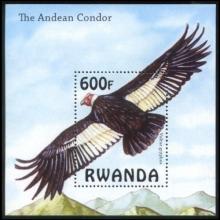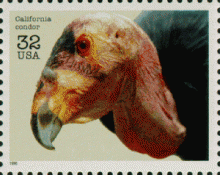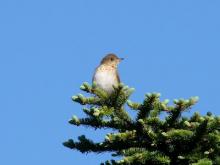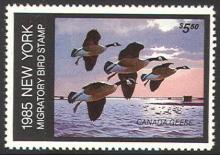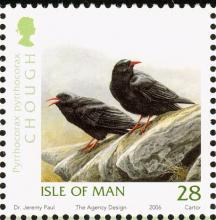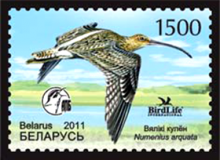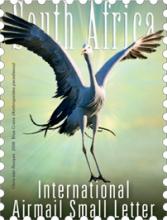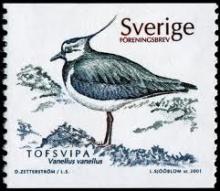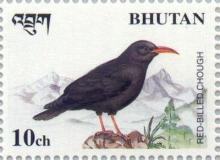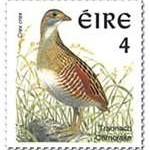Peruvian Bill Seeks Protection for Andean Condors
Andean condors (Vultur gryphus) are some of the largest birds on Earth, with 10-foot (3 meter) wingspans. They can fly up to 100 miles (160 kilometers) in a single day, and they feed on the remains of dead animals like cattle and other large mammals. The birds inhabit the Andes Mountains, ranging as far north as Colombia and south to Patagonia. There are approximately 10,000 condors left, and they are classified as "near threatened" by the International Union for Conservation of Nature. A bill has been introduced to the Peruvian Congress that would protect Andean condors, a huge species of raptor that is in decline and in danger of dying out in some parts of its territory. Backers of the bill would like to do away with an Andean ritual in which condors are strapped to the backs of raging bulls, which conservationists say hurts and kills the birds, according to Andean Air Mail & Peruvian Times, a regional news website. The law would declare the birds a "national treasure" and implement jail sentences for anybody who hurts or kills one.

